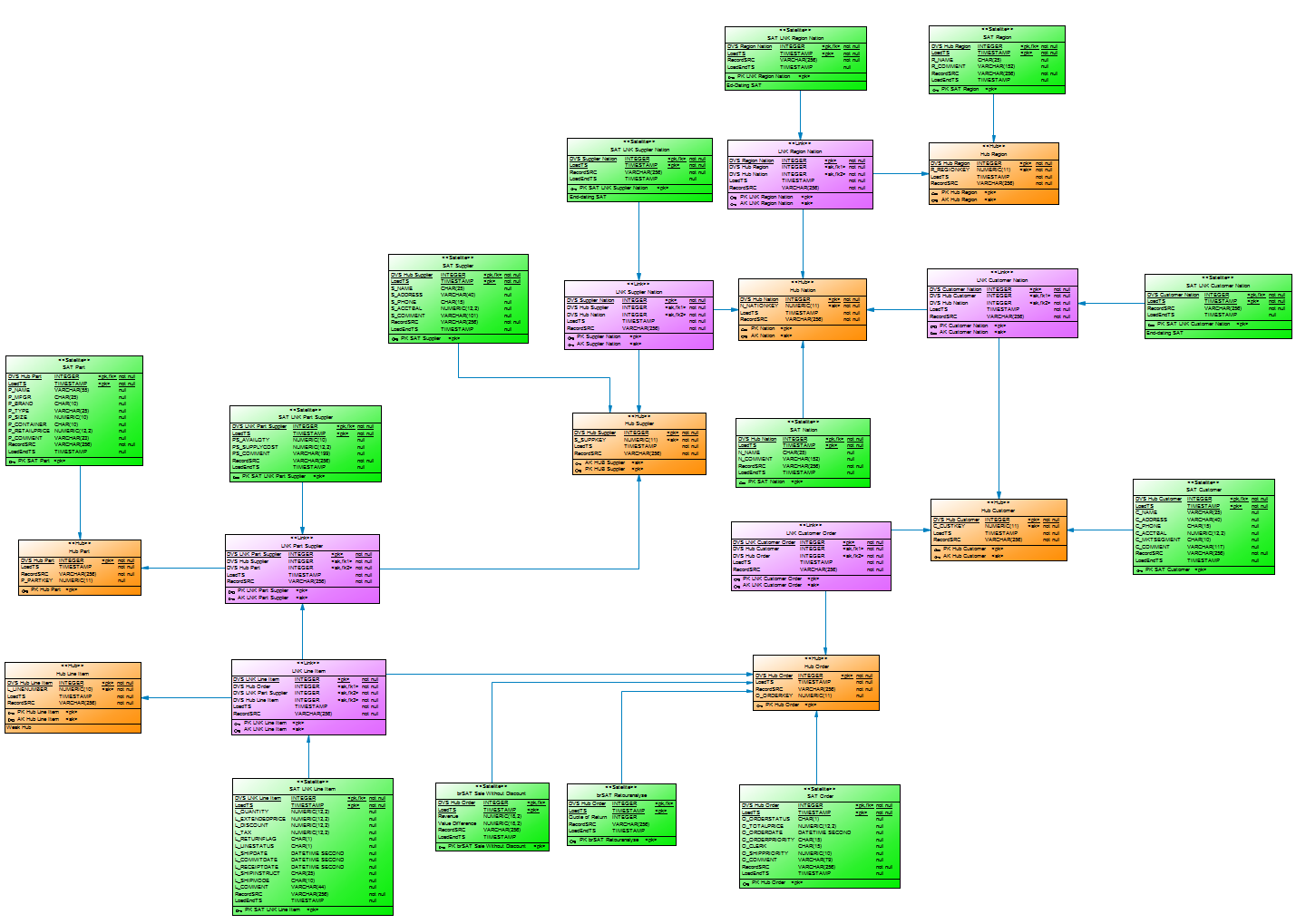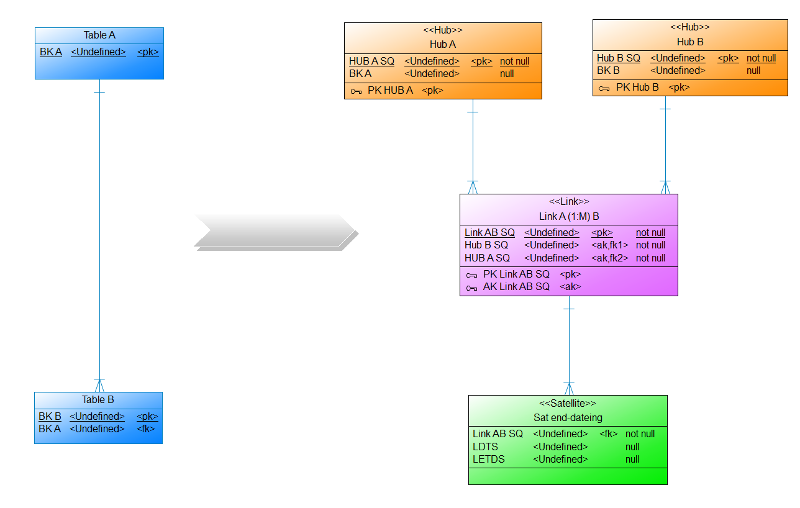Some time ago a customers asked me how to load easy and simple some (test)data into their database XYZ (chose the one of your choice and replace XYZ) to test their new developed Data Vault logistic processes.
The point was: They don’t want to use all this ETL-tool and IT-processes overhead just to some small test in their own environment. If this this is well done from a data governance perspective? Well, that’s not part of this blogpost. Just do this kind of thingis only in your development environment.
Over the last few weeks, Mathias Brink and I have worked hard on the topic of Data Vault on EXASOL.
Our (simple) question: How does EXASOL perform with Data Vault?
First, we had to decide what kind of data to run performance tests against in order to get a feeling for the power of this combination. And we decided to use the well-known TPC-H benchmark created by the non-profit organisation TPC.
Second, we built a (simple) Data Vault model and loaded 500 GB of data into the installed model. And to be honest, it was not the best model. On top of it we built a virtual TPC-H data model to execute the TPC-H SQLs in order to analyse performance.
KISS –
K – Keep (Data Vault)
I – It (ETL in your Data Warehouse)
S – Small (lightweight processes aka short and easy SQL)
S – and simple (easy Inserts and Updates)
Auf dem 1. DDVUG Treffen hatten wir ein interessante Diskussion darüber, wo eigentlich die Datenmodellierung aufhört und Business Rules beginnen. Aufgehängt hatte sich dies an meiner Präsentation, in der es um einen Link ging, der eine 1:M (Hub A – (M) Link (1) – Hub B) Relation repräsentiert und über einen bi-temporalen Satelliten den gesteuert (end-dating) wird. So darf für jeden Eintrag im Hub B nur eine aktive Relation im Link existieren. Die Daten für das End-dating des Links kamen im von mir aufgeführten Beispiel bereits aus dem Quellsystem (Blogpost folgt bald).
Page 4 of 7



